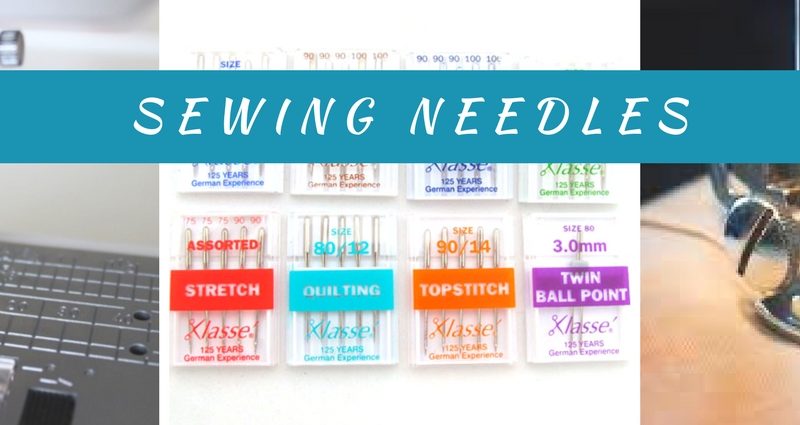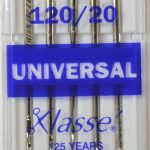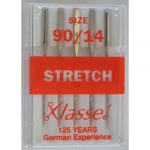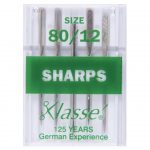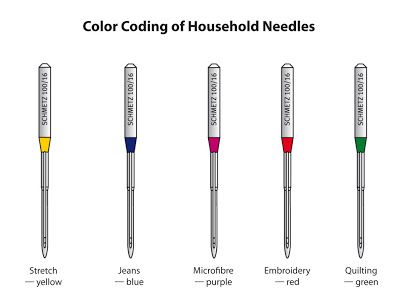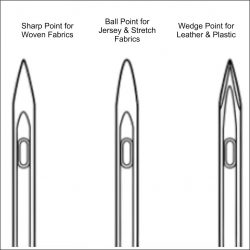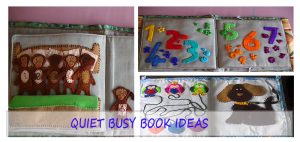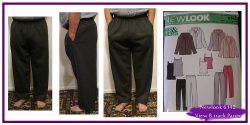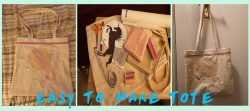Correct sewing needle to achieve perfection
The importance of using the correct needle in your sewing machine.
New fabric types are produced all the time. Knowing which is the correct sewing needle to sew the fabric is often trial and error. My blog is about the needles I have used and on which fabrics those needles worked the best. Choosing the correct sewing needle is however up to you. Always test it on the a scrap piece of the fabric before sewing your project. Click on the links and look at the charts and advise for trouble shooting. This topic is discussed on many blogs and sewing vlogs. I only really use the ones I have mentioned below. Refer to these for information on other needles especially the double needle.
The importance of having the correct sewing needle for the job.
- For everyday sewing you should work with a Universal Needle, 80/12. I personally use Schmetz needles but there are other brands such as Organ and Klasse.
- Having the correct sewing needle for the fabric you are using improves the sewing process and the quality looks much more professional. When the needle is correct, you don’t see the holes they make when going through the fabric.
- Have you got puckers or missed stitches? When your needle is blunt or not suitable for the fabric it will miss stitches. Sometimes it won’t sew at all, this happens with a lot of stretch type fabrics. Puckering will occur if the needle is wrong for the fabric.
- There are certain fabrics that require a specialist needle in order to avoid damaging or ruining the fabric. Chiffon, satin, silk and lace are a few of the most common fabrics that need the correct sewing needle.
When to replace a sewing machine needle.
- Stitch quality is dependent on using the correct sewing needle for your thread, fabric and the type
of machine sewing you need to do for your project. When the wrong needle is used you
may get stitching that puckers, skips or the thread may break. - If you have used the same needle for more than one or two projects and your stitches start skipping. It skips when the needle is blunt and needs to be replaced with a new one.
- Change your needles often! Whatever you paid for your fabric, it was certainly more than the cost of a needle. It’s not worth the risk of damaging your project by using a dull needle
Correct Sewing Needle types
There are three main types of needles that can be used for the most sewing projects. I use the Singer Machine website needle guide. I buy Schmetz needles for my sewing machine as it works best with them. They also have a correct sewing needle trouble shooting guide.
Universal needles
Universal sewing needles have a slightly rounded tip. This general purpose needle should be used on woven fabric as well as some sturdy knits.
Jersey needles – ball point
These have a medium ballpoint tip. Designed especially for knit fabrics because it slips
between the knit fibers and does not break or damage them while sewing. I have used a double needle to sew hems and sleeve hems when sewing jersey.
Stretch needles – ball point
One can often confuse these with Jersey needles, as they are also a medium ballpoint tip. These have a
special eye and scarf that are designed for extremely stretchy fabrics and elastic. Swimwear is an ideal application for this type of needle.
DELICATE fabrics such as silk, chiffon, voile, fine lace and organdy would need a fine “65” needle.
LIGHTWEIGHT fabrics such as synthetic sheers, batiste, taffeta, velvet, stretch fabric, tricot and plastic film would need a “70” needle.
MEDIUM WEIGHT fabrics such as gingham, poplin, linen, muslin, chambray, wool crepe, flannel, knits, jersey, wool, chintz, satin, raw silk, wool suiting, stretch fabric and drapery fabrics would need a “75 -80” needle.
MEDIUM-HEAVY fabrics such as sail cloth, gabardine, heavy suiting, tweed and heavy drapery fabrics would need a “80 – 90” needle.
HEAVY fabrics such as denim, overcoatings, ticking, upholstery and canvas fabrics would need a ” 90 or a small shaft” needle.
TOP TIP FOR OLDER SEWING MACHINE USERS
Before you put a “today” sewing needle in to sew with, compare the original needle with the one you want to use. I have had problems using universal Schmetz needles in older Singer sewing machines. When comparing needles I see that the needle eye is situated in a slightly lower position. This means it misses the point to cross the thread and form the stitch. You can still purchase older needles over the internet. So don’t get dis-heartened and get a new machine.
- Check this website out, it has a lot of information on the correct sewing needle for machine.
Browse All Sewing Posts

